The PhotoBook That Vindicates the Memory of Argentina's Trans Community
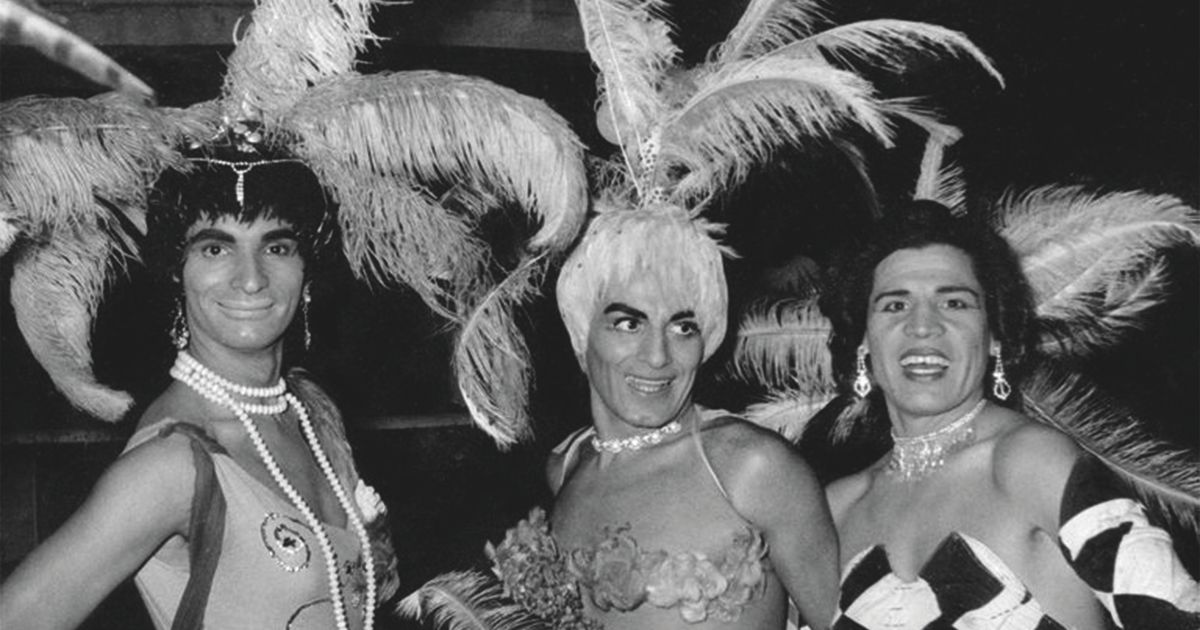
Archivo de la Memoria Trans preserves the happy moments of the trans community during a time of criminalization
Argentina became the first country in South America to establish the Gender Identity Act in 2012. Before that, trans identity was criminalized and repressed by the police. Those who were forced to live on the edge of society had to look for ways to find refuge and create a fantasy parallel life for their community.
The Archivo de la Memoria Trans Argentina is an audiovisual collection that aims to preserve, build and vindicate the memory of the Argentinean trans community through photographs, videos, and diary entries. The archive contains some 10.000 images, dating back from the beginning of the 20th century to the 1990s.
Part of this material has been turned into a book. Its goal is to recall the memories of the protagonists, captured in a happy moment during an otherwise difficult era.
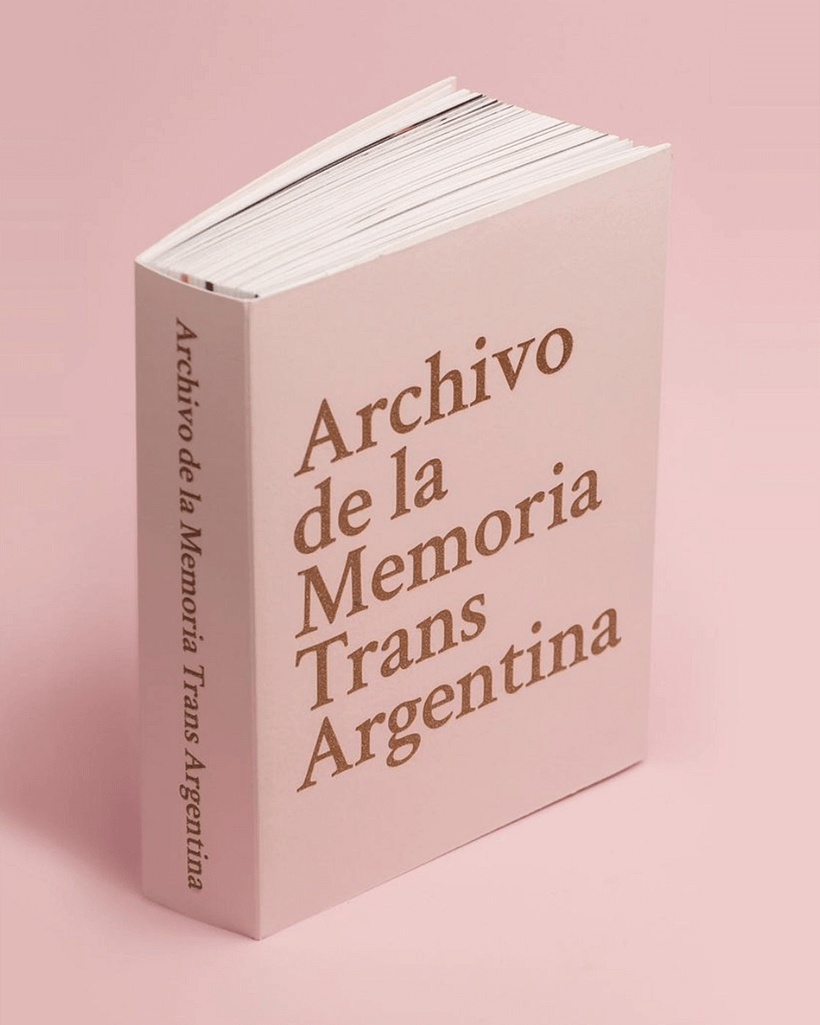
The creation of a collective memory for trans people
The idea of creating an archive of mementos belonging to Argentinean trans people came from activist María Belén Correa, in 2012. After the death of her friend Claudia Pía Baudracco, also an activist, she created a Facebook page in search of Argentinean or other trans women that had lived in the country during a most challenging era for this community, from the 1940s to the 1990s. By 2018 the group included some 1.200 survivors who were willing to share their images and participate in creating a collective memory.
The average life expectancy of an Argentinean trans person at the time, given the persistent violation of their rights, was 38 years of age, which is why those who shared the material consider themselves as survivors.
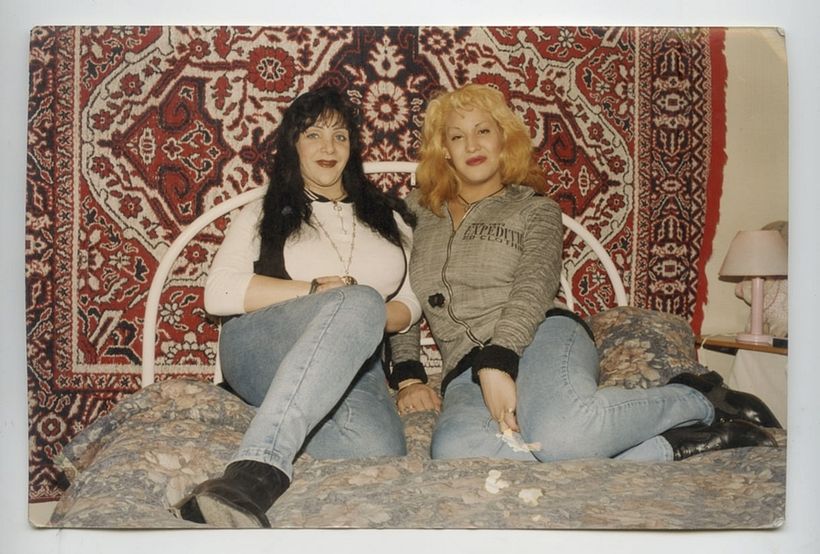
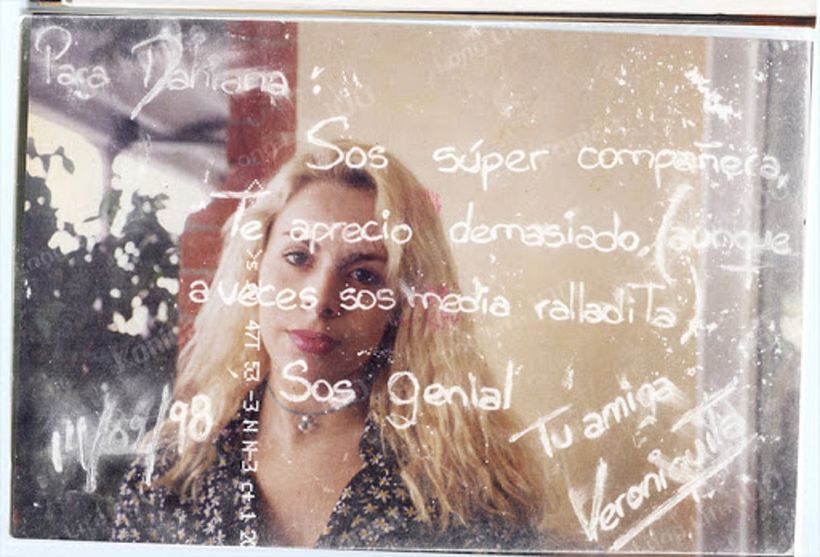
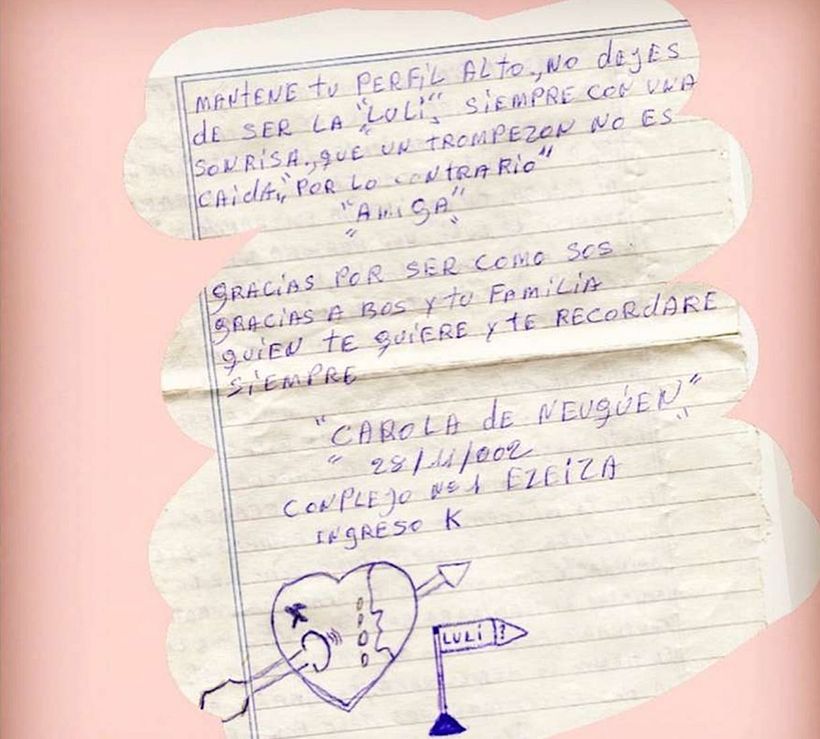
The family album concept
The book was conceived with the idea of a family album, in which only fun and joyful moments are remembered. However, the texts accompanying the images are sad and moving reminders of the events going on while the protagonists were trying to build an intimate, happy reality for themselves.
The Archive was created using content—photos, letters, and postcards—treasured and found in their proud owners' purses and memory boxes. It also includes those mementos kept by the friends of those who departed abruptly, mostly in circumstances of violence or injustice. The book contains 219 such cases.
"The queer don't die; they turn into glitter."- María Belén Correa referring to the cover art of the book
The oldest photographs date back to the 1940s and were contributed by Malva Solís, who, in 1951, founded the first trans organization ever recorded and died in 2015 at 93 years of age. One of the longest-lived members of the community, she was an integral and fundamental contributor to the project.

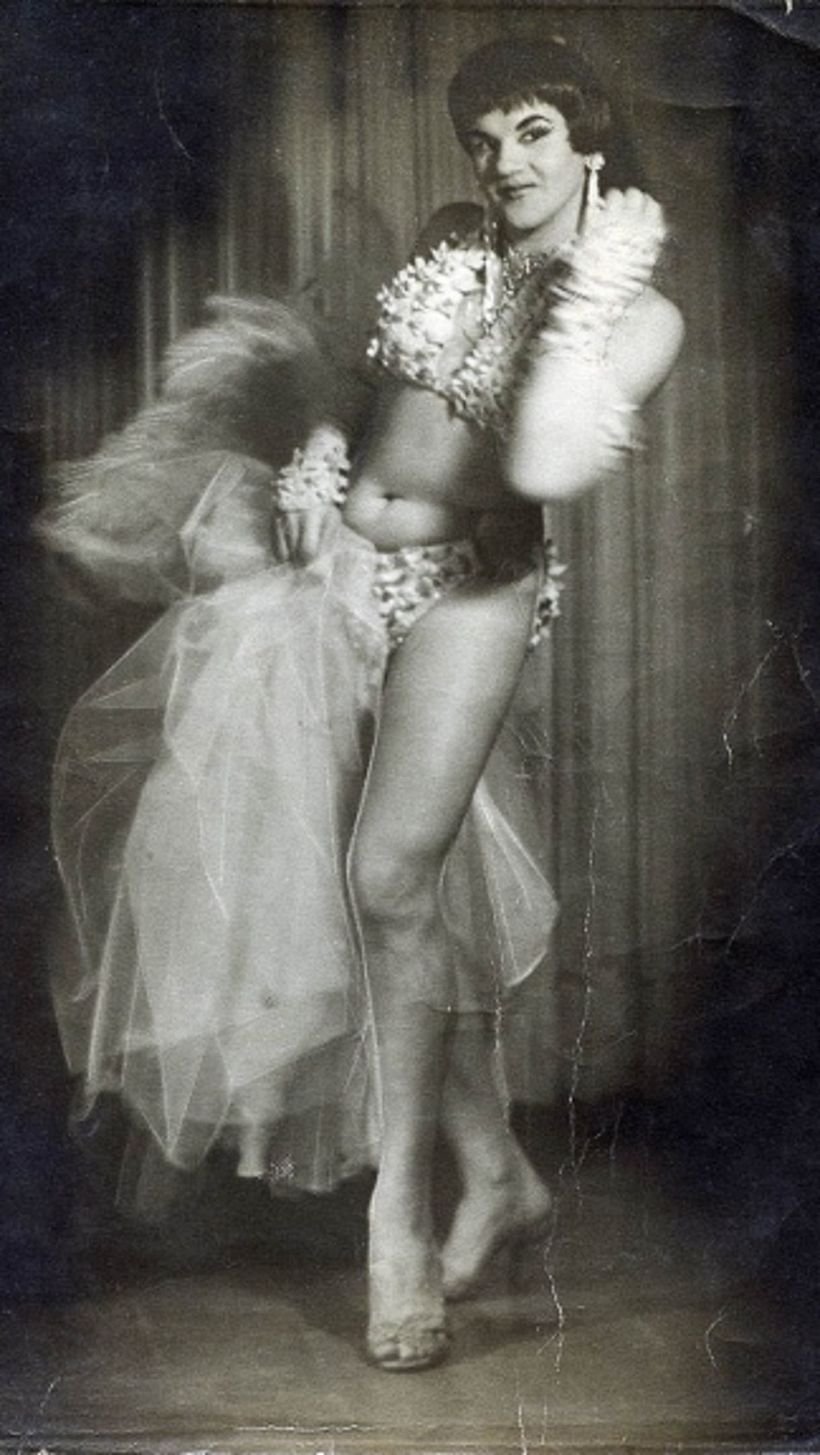
The significance of carnival
There are several carnival scenes taking place all over Argentina in the book. This is not a coincidence. Carnival, as the texts explain, took the meaning of freedom. It was the one day in the year in which there was no risk of being repressed by police for expressing your trans identity, and it was even celebrated by the public.
As the protagonists recount, those nights became a ritual for 'dancing in the face of death,' as no one knew for certain whether they would have lived to see another carnival.
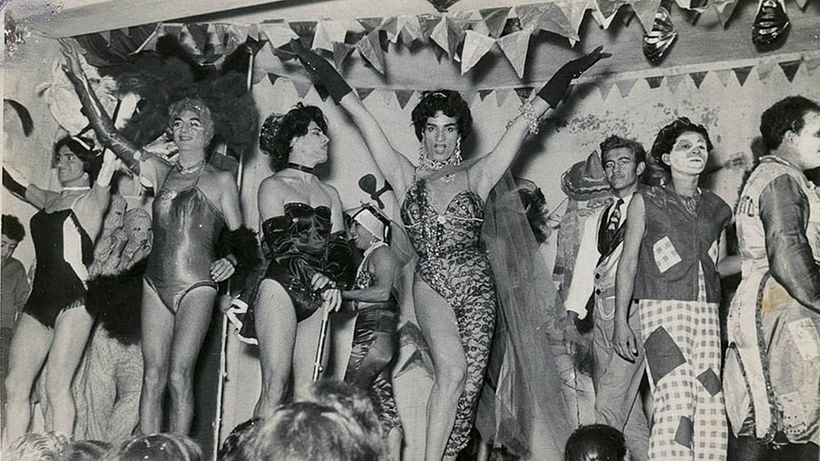
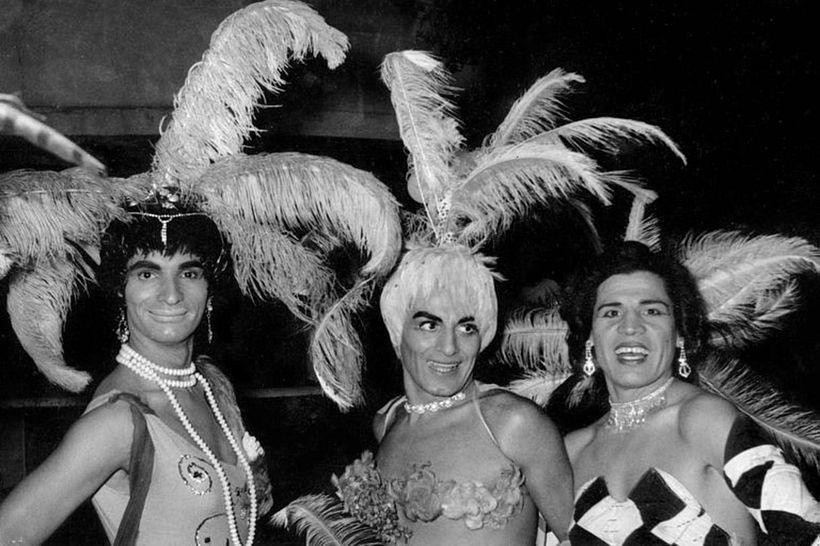

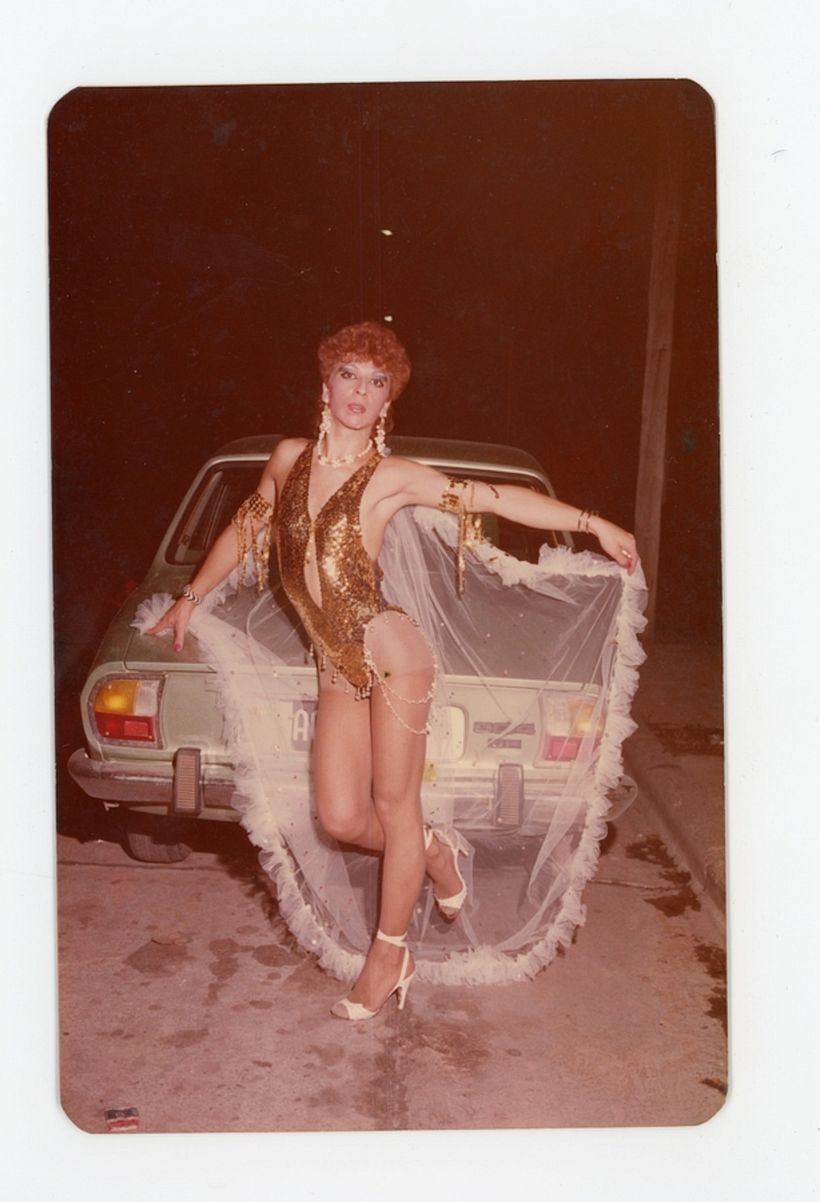
Exile and death
Due to family or social pressure and the level of discomfort suffered by those women, many were forced to move to other parts of the country or, if possible, to Europe to search for a better life. The writer of the book herself has been living in the United States since 2001, where she was granted political asylum.
They would exchange correspondence and photographs from their new locations, writing whether they had found what they were longing for: to build a life like everyone else. But, unfortunately, the great majority did not achieve it.
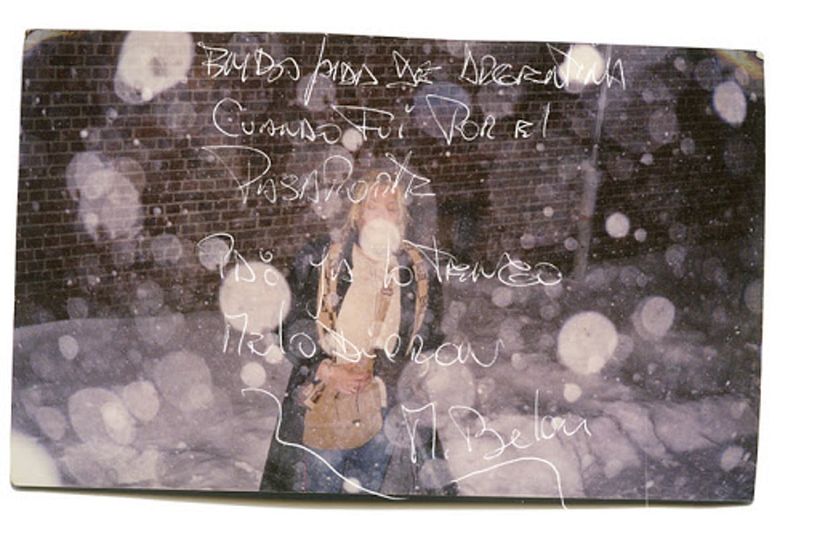
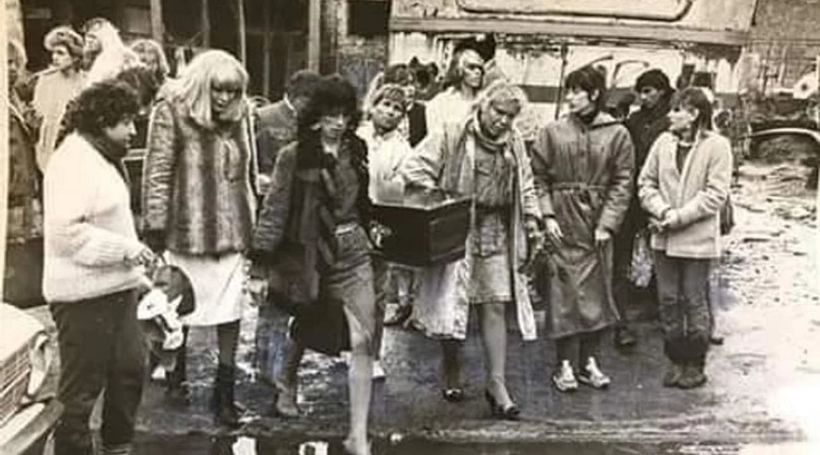
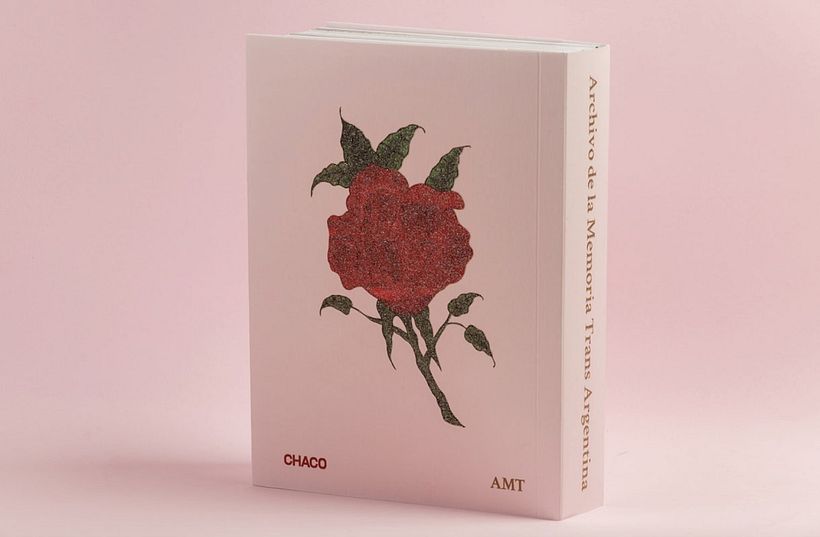
The team behind this rivendication book about one of the most vulnerable LGBTQIA+ collectives in Argentina also included Catalina Bartolomé (@catalina_bartolome), Magalí Muñiz, Carla Pericles, Carolina Figueredo, Carlos Ibarra, Ivana Bordei, Cecilia Estalles, Florencia Aletta, Cecilia Saurí, and Luciana de Mello.
The book is currently sold out, but you can look at the material on its Instagram page. Follow the page here.
Here at Domestika, we wish to celebrate LGBTQIA+ Pride Month 2021 by inviting the community to create an art project of your favorite LGBTQIA+ icon, in your preferred technique. This homage project is an opportunity to express your vision of equality, self-love, tolerance, and freedom.
Check the forum action #CreateWithPride here.
English version by @acesarato
You may also like:
- 7 World-renowned Artists Exploring LGBTQ+ Identity
- LGBTQ+ Photographers You Should Follow on Instagram
- What are the origins of the different LGBTQ+ symbols?





0 commenti